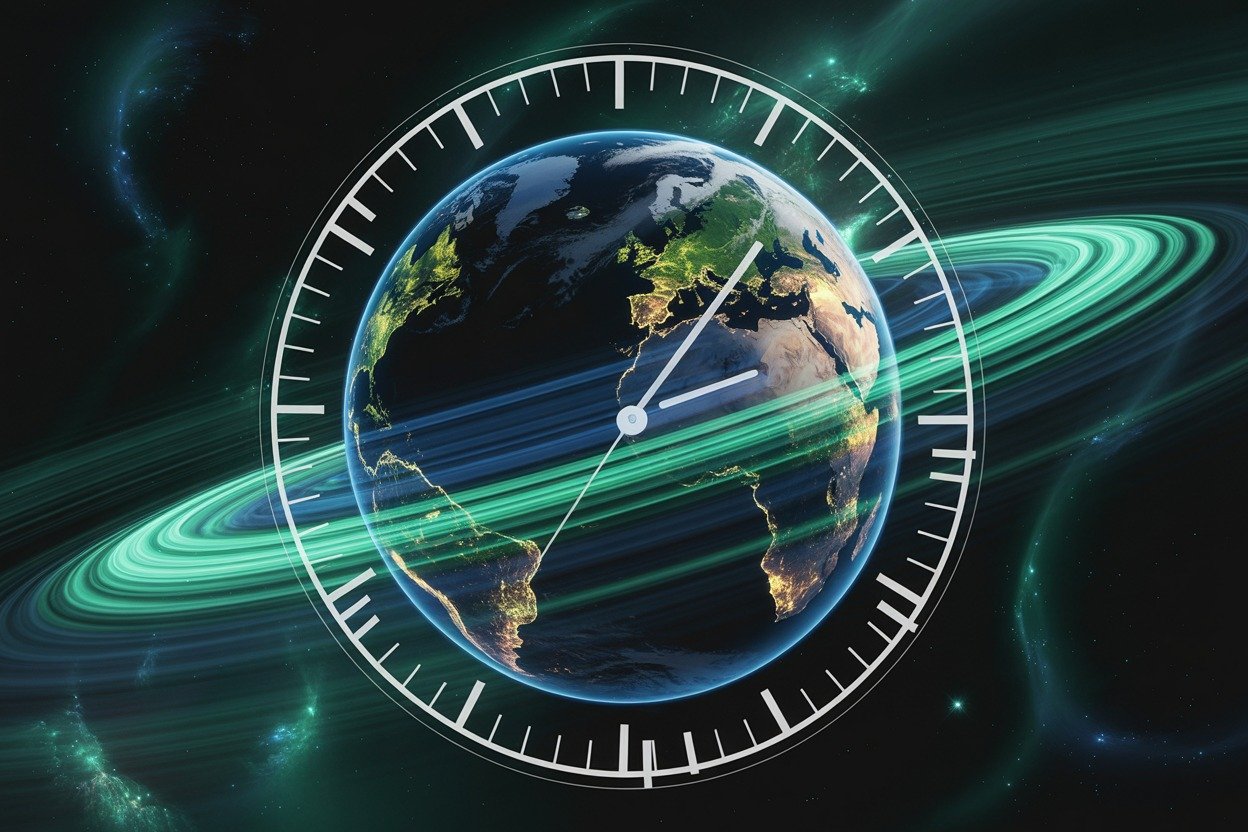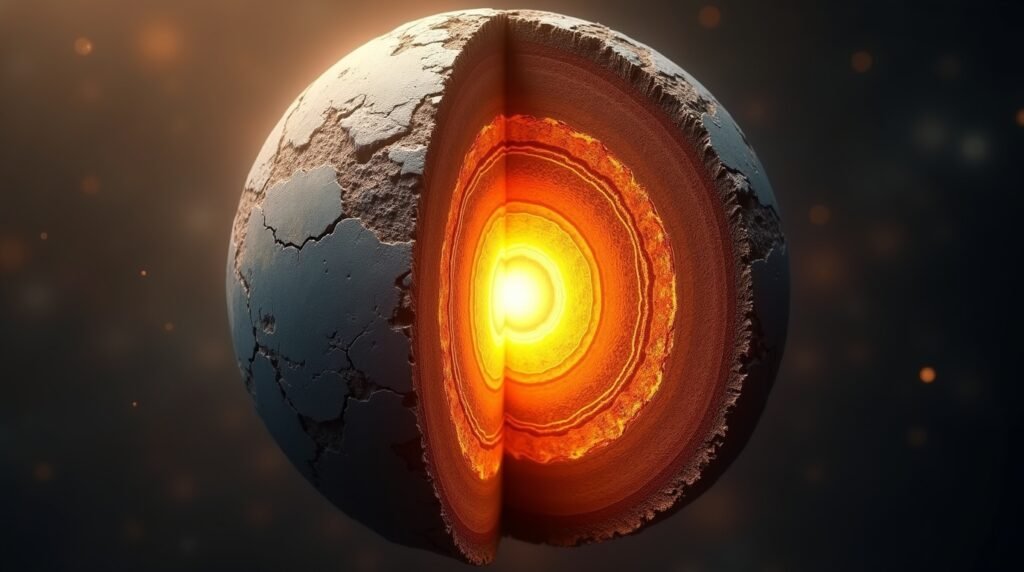- Home
- ScienceDiscover the latest updates from across the United States, including politics, culture, economy, and trending stories. Stay informed on the key events shaping the nation and the topics everyone’s talking about.
- EconomyOur Economy page provides comprehensive reporting on international financial systems, trade dynamics, development economics, and macroeconomic policy. Drawing on expert analysis and institutional data, we illuminate the interconnected nature of global markets and their real-world implications for governance and inequality.
- HealthWe examine global health issues through the lens of policy, access, equity, and innovation. From pandemics and healthcare infrastructure to mental health and biotechnological breakthroughs, our health reporting is rooted in empirical data, expert insight, and a commitment to understanding health as a cornerstone of human development.
- HistoryThis section revisits critical junctures in world history, emphasizing the relevance of historical events in shaping present-day global affairs. Through scholarly narratives and fact-anchored storytelling, we uncover the often-overlooked patterns, power structures, and human decisions that have left a lasting imprint on international relations and societies.
- PoliticsOur Politics section offers in-depth analysis of international political developments, ideological movements, and institutional shifts. With a focus on global governance, diplomacy, and geopolitical strategy, we provide nuanced reporting that transcends partisan narratives and situates events within their broader historical and structural contexts.
- War & ConflictThis section delivers meticulous coverage of international conflicts, civil wars, military strategies, and peace negotiations. We prioritize geopolitical context, long-term impact, and the role of state and non-state actors—eschewing sensationalism in favor of sober, historically informed analysis.
- TechnologyWe critically examine the global technology landscape—from artificial intelligence and cybersecurity to digital policy and ethical innovation. Our reporting focuses not just on what is being built, but why it matters: how technological change influences governance, economy, security, and human life on a planetary scale.
- Features
- Home
- ScienceDiscover the latest updates from across the United States, including politics, culture, economy, and trending stories. Stay informed on the key events shaping the nation and the topics everyone’s talking about.
- EconomyOur Economy page provides comprehensive reporting on international financial systems, trade dynamics, development economics, and macroeconomic policy. Drawing on expert analysis and institutional data, we illuminate the interconnected nature of global markets and their real-world implications for governance and inequality.
- HealthWe examine global health issues through the lens of policy, access, equity, and innovation. From pandemics and healthcare infrastructure to mental health and biotechnological breakthroughs, our health reporting is rooted in empirical data, expert insight, and a commitment to understanding health as a cornerstone of human development.
- HistoryThis section revisits critical junctures in world history, emphasizing the relevance of historical events in shaping present-day global affairs. Through scholarly narratives and fact-anchored storytelling, we uncover the often-overlooked patterns, power structures, and human decisions that have left a lasting imprint on international relations and societies.
- PoliticsOur Politics section offers in-depth analysis of international political developments, ideological movements, and institutional shifts. With a focus on global governance, diplomacy, and geopolitical strategy, we provide nuanced reporting that transcends partisan narratives and situates events within their broader historical and structural contexts.
- War & ConflictThis section delivers meticulous coverage of international conflicts, civil wars, military strategies, and peace negotiations. We prioritize geopolitical context, long-term impact, and the role of state and non-state actors—eschewing sensationalism in favor of sober, historically informed analysis.
- TechnologyWe critically examine the global technology landscape—from artificial intelligence and cybersecurity to digital policy and ethical innovation. Our reporting focuses not just on what is being built, but why it matters: how technological change influences governance, economy, security, and human life on a planetary scale.
- Features
Now Reading: Earth’s Shortest Day Sets Record on July 9
-
01
Earth’s Shortest Day Sets Record on July 9
- Home//
- Science//Discover the latest updates from across the United States, including politics, culture, economy, and trending stories. Stay informed on the key events shaping the nation and the topics everyone’s talking about.
- Economy//Our Economy page provides comprehensive reporting on international financial systems, trade dynamics, development economics, and macroeconomic policy. Drawing on expert analysis and institutional data, we illuminate the interconnected nature of global markets and their real-world implications for governance and inequality.
- Health//We examine global health issues through the lens of policy, access, equity, and innovation. From pandemics and healthcare infrastructure to mental health and biotechnological breakthroughs, our health reporting is rooted in empirical data, expert insight, and a commitment to understanding health as a cornerstone of human development.
- History//This section revisits critical junctures in world history, emphasizing the relevance of historical events in shaping present-day global affairs. Through scholarly narratives and fact-anchored storytelling, we uncover the often-overlooked patterns, power structures, and human decisions that have left a lasting imprint on international relations and societies.
- Politics//Our Politics section offers in-depth analysis of international political developments, ideological movements, and institutional shifts. With a focus on global governance, diplomacy, and geopolitical strategy, we provide nuanced reporting that transcends partisan narratives and situates events within their broader historical and structural contexts.
- War & Conflict//This section delivers meticulous coverage of international conflicts, civil wars, military strategies, and peace negotiations. We prioritize geopolitical context, long-term impact, and the role of state and non-state actors—eschewing sensationalism in favor of sober, historically informed analysis.
- Technology//We critically examine the global technology landscape—from artificial intelligence and cybersecurity to digital policy and ethical innovation. Our reporting focuses not just on what is being built, but why it matters: how technological change influences governance, economy, security, and human life on a planetary scale.
- Features//
Earth’s Shortest Day Sets Record on July 9
Emma BarnesScienceJuly 9, 202541 Views

July 9 records shortest Earth rotation, completing a day 1.3-1.6 milliseconds faster than 24 hours, a milestone since precise tracking began. While the change seems small, the event has drawn significant attention from scientists and timekeepers worldwide. (Shortest Day)
Earth’s rotation is not constant. It naturally speeds up or slows down due to several factors, including seismic activity, atmospheric changes, and movements within the planet’s molten core. The July 9 event highlights how complex and dynamic Earth’s internal systems can be.
This shortest day has implications for how we measure time. Atomic clocks and Earth’s rotation must be synchronized for accurate global timekeeping. Even a shift of milliseconds can impact technologies that rely on exact time, such as GPS, satellite communication, and data networks.
According to the International Earth Rotation and Reference Systems Service (IERS), these changes are being closely tracked. Experts note that the July 9 acceleration may signal a long-term trend. Further data collection is required to validate this trend.
Researchers at the National Physical Laboratory (UK) and the U.S. Naval Observatory continue to monitor Earth’s speed. Their findings help inform possible future adjustments, such as the rare and controversial negative leap second.
While the shortest day may not affect daily life, it plays a key role in science, navigation, and time regulation. Its recording on July 9 offers insight into Earth’s ever-changing behavior.
What Caused the Shortest Day Ever?

The record-breaking day surprised scientists, but researchers believe it’s linked to Earth’s slightly faster rotation patterns. Several natural forces likely worked together to speed up Earth’s spin, cutting milliseconds from its usual rotation.
One possible reason is the movement of Earth’s molten core. According to research from the University of Cambridge, shifts deep below the surface can change how mass is distributed, which slightly affects rotation speed.
Another factor is “polar motion.” This happens when Earth’s axis wobbles, moving the geographic poles by small distances. When the poles shift, it can change the rotation rate—similar to how a spinning skater speeds up when pulling in their arms.
Glacial rebound may also play a part. Melting polar ice sheets allow the underlying land to rise. This shift in mass from water and rock can influence how fast Earth rotates.
External forces matter too. The gravitational pull of the moon and sun affects tides and Earth’s shape. These tidal forces can either slow or slightly speed up the spin over time, depending on conditions.
Seismic activity, like major earthquakes, can also cause brief changes. For example, the 2004 Sumatra earthquake shortened the day by microseconds due to sudden mass movement.
While none of these factors alone caused the shortest day, the combination may explain the shift. Experts at institutions like NASA and the Jet Propulsion Laboratory are studying how these processes interact.
Read More:
Global 6G Race: Leaders, Breakthroughs & Impact
How the Shortest Day Affects Timekeeping

The briefest day on July 9 has significant implications for precise global timekeeping. Even a change of just milliseconds can disrupt systems that rely on extreme precision.
Time is measured using atomic clocks, which are accurate to billionths of a second. These clocks form the basis for Coordinated Universal Time (UTC), the global standard for time. Earth’s rotation is closely monitored to keep UTC in sync.
When Earth spins faster than expected, as it did on the shortest day, UTC can begin to drift. Over time, that drift affects everything from internet networks to financial trading systems. These systems depend on synchronized timestamps to function correctly.
GPS satellites are also sensitive to time shifts. Precise positioning uses atomic clocks in space for accurate calculations. If time drifts due to faster rotation, GPS errors can increase, affecting navigation and mapping tools.
Data centers and global communication networks must stay aligned. A few milliseconds of time shift can lead to signal delays, system errors, or even security issues. That’s why organizations like the International Earth Rotation Service track Earth’s speed so closely.
Unlike leap years, leap seconds are added or removed to adjust for these tiny changes. Without such corrections, our clocks and Earth’s actual time would slowly fall out of sync.
Negative Leap Second After the Shortest Day?
The shortest day on July 9 has sparked renewed debate about a rare time correction — the negative leap second. While leap seconds are usually added to slow clocks down, a negative one would do the opposite.
A leap second adjusts atomic time to match Earth’s natural rotation. Earth’s irregular spin requires periodic timekeeping adjustments. Most leap seconds are added because Earth is slowly rotating less quickly. The trend now appears to be shifting in reverse.
A negative leap second would remove one second from the official time count. It has never been used before, but it may become necessary if Earth continues spinning faster, as seen during the shortest day. According to the International Telecommunication Union (ITU), a decision on this type of adjustment may come within a few years.
Experts at the International Bureau of Weights and Measures (BIPM) have noted the current acceleration trend. Their forecasts suggest a negative leap second might be needed around 2029, depending on ongoing measurements.
However, this change isn’t simple. Systems like data centers, GPS networks, and financial markets are built to handle added leap seconds — not subtracted ones. Removing a second could cause errors in software and digital records unless properly managed.
Researchers at institutions such as the U.S. Naval Observatory and BIPM are closely watching Earth’s speed. If trends continue, they’ll likely propose the first-ever negative leap second.
Is Another Shortest Day on the Way?
Scientists now wonder if Earth will shatter its shortest day record again. Early signs suggest it’s possible, but the situation remains complex and uncertain.
Researchers at the Jet Propulsion Laboratory (JPL) and the National Centers for Environmental Information (NCEI) are tracking several factors. These include changes in Earth’s core, shifting tectonic plates, and atmospheric pressure patterns. Each of these can subtly affect rotation speed.
One major factor is core-mantle interaction. Changes in Earth’s liquid outer core may accelerate its spin. When the core shifts, it slightly alters the planet’s momentum. This may lead to shorter days, but the effect is not consistent.
Atmospheric pressure also plays a role. Strong seasonal winds and changes in air mass can influence how quickly Earth spins. According to the European Centre for Medium-Range Weather Forecasts (ECMWF), long-term climate patterns may add to this effect.
Tectonic movements, including earthquakes and volcanic activity, can also cause brief changes in Earth’s rotation. Though minor, these shifts may add up over time.
Despite advanced models, predicting another shortest day remains difficult. Earth’s rotation is affected by many systems, each operating on different time scales. Scientists continue to collect data daily through satellites and ground-based stations.
Any future record will likely be measured in milliseconds, but its impact on timekeeping and science will be far greater.



























